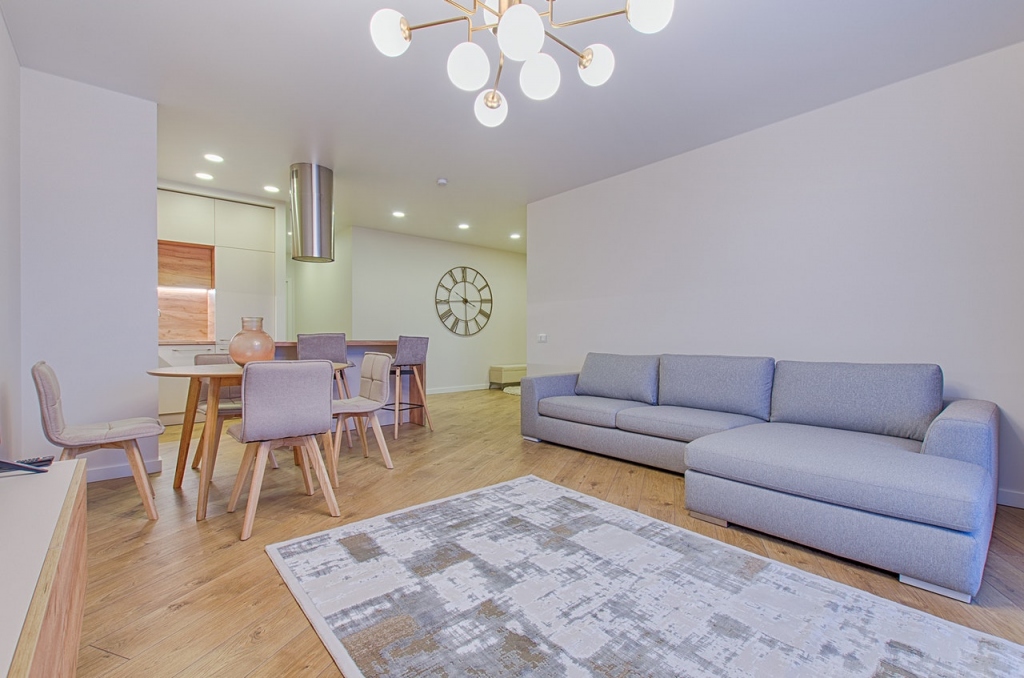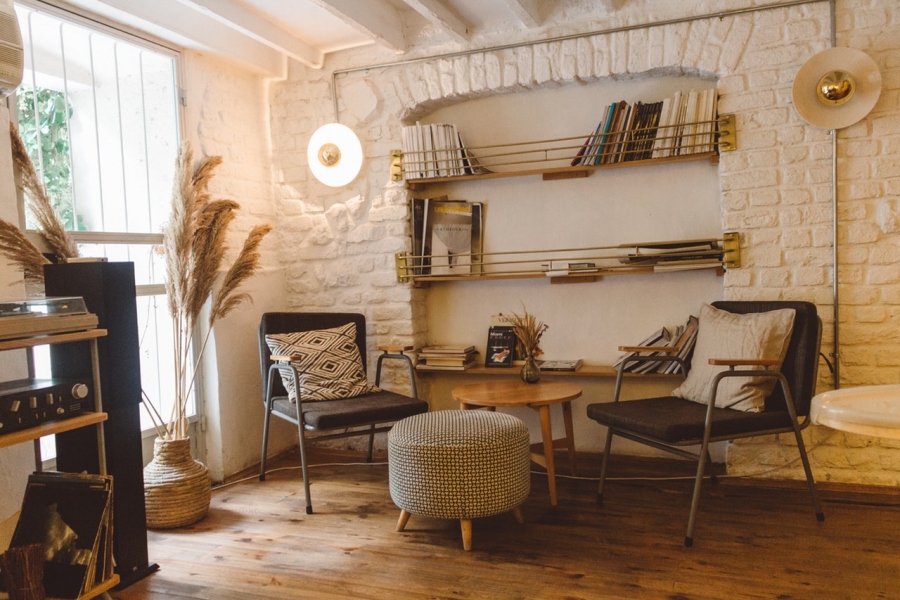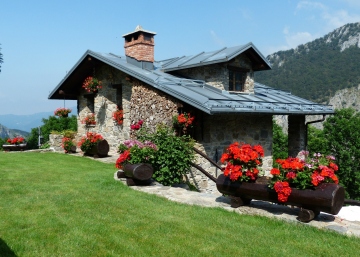Many people are attracted to older homes, due to the charm and allure that these historical buildings have and also because they are relatively cheaper than modern homes. However, what most people fail to realise is that these buildings come with a lot of risks that may not be visible to the naked eye. Before you begin upgrading an older home, you need to be aware of all the danger lurking in the house for the sake of your and your family’s safety. In this article we look at tips on how to upgrade an old house, keeping in mind the top five risks found in older homes and what to do about them.
Lay the Groundwork First
Before you make a plan and set up the budget for the renovation, it is wise to hire a certified environmental testing company preferably with an EPA certification to test your home for asbestos, lead and remnants of other hazardous materials. It will then become easier to come up with the right budget to get rid of all the dangers lurking in the home and convert it to a perfect haven for you and your family. The top five risks in an old house include:
- Lead
- Asbestos
- Fire Hazards
- Mould Infestation
- Plumbing Problems that may lead to contaminated water
Repairing the Electrical System
If your house was built between the 1880s and the 1930s, then it probably has the Knob and Tube electrical system. This type of wiring design is outdated and cannot handle the high demand of power in modern homes. The high levels of current passing through modern fuses will overburden this electrical system, exposing you to serious fire risks. It is due to this reason that many insurance companies do not insure homes with Knob and Tube electrical systems. The best solution is to hire a professional electrician to upgrade the home to a modern electrical system that will be able to meet the power demand.
 Updating the Plumbing System
Updating the Plumbing System
Another issue with older homes is an outdated plumbing system. Majority of old houses used copper and brass pipes. Others used galvanized steel pipes and Polybutylene plastic pipes, which have a short lifespan and are prone to corrosion and leaching. Although copper and brass pipes are ideal, they are probably past their shelf-life which is around 50 years. Also, if your home is surrounded by trees, there is a high chance that the plumbing system is affected by tree roots. To avoid health-related issues stemming from contaminated water and leaching metal, it is wise to replace the whole plumbing system.
Replacing Rotted Walls
The house has definitely experienced a fair share of turbulent weather conditions that may have resulted in burst pipes and water leakages. As a result, there may be mould infestation in damp areas of the house, such as basement, attic, in cracked foundations and in severe cases behind the walls. Mould can be scrubbed off with mould spray, elbow grease and an abrasive brush, if it is not widespread. When the mould affects the walls of the house, you have no option but to tear them down and replace them with new functional walls. Also, make sure there are no leakages in the drainage system to prevent future infestation. Mould is very infectious, has been linked to various health problems like asthma and can also eat away wood, grout, and drywall and completely render a house uninhabitable.
New Paint Job
Before its ban in 1978, lead was used in paints and plumbing systems. However, lead is very toxic when airborne and can lead to various diseases including autism, ADHD, brain damage and is particularly very poisonous to children. We would caution you not to come into contact with the lead-based paint, because any disturbances may release lead particles into the air exposing everyone around to lead poisoning. Hire a professional to handle the paint job. Another component that is very poisonous when airborne is asbestos, which was extensively used in homes before the 1980s. We would also advise you to hire a professional contractor to get rid of all traces of asbestos.
Furnishing the Whole House
Once you are through with the structural upgrades, the next step is to furnish the whole house with modern fittings, furniture and appliances. How you choose to furnish and accessorise your home will depend on your tastes and preferences. Just make sure you purchase new furniture for the living room, bedrooms and dining to compliment the new house. Nothing is more off-putting like a new house with old furniture. Give the bathroom a facelift by replacing all outdated faucets and clogged showerheads with sleek modern ones.
You can also spruce up the kitchen with a new coat of paint and install new cabinets for more storage. As a security measure, you can install a fire duct over the range to get rid of nasty odours and smokes and also to prevent fire hazards. Replace old appliances with new stylish stainless steel devices that will complement the décor of the kitchen. Most importantly, add a deck overlooking the garden with a grilling station for outdoor barbequing. A deck is a sound investment if you are planning to sell the house in the future, as it is among renovations that considerably increase the value of the house.




You must be logged in to post a comment.